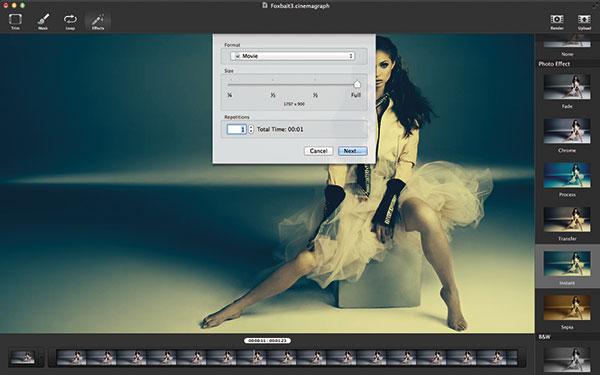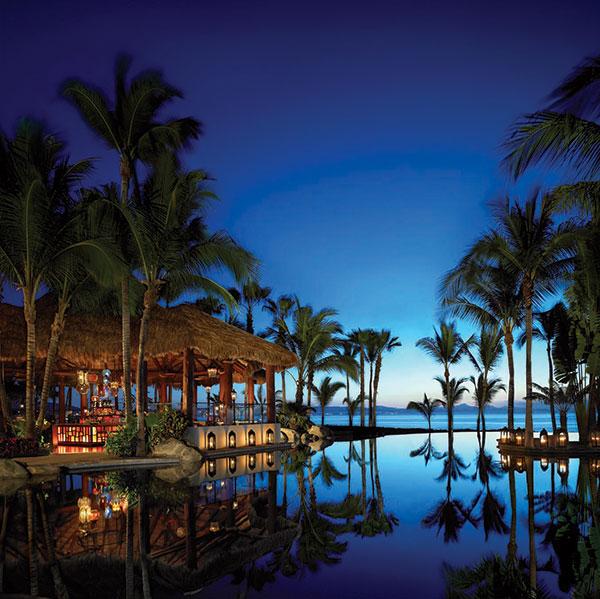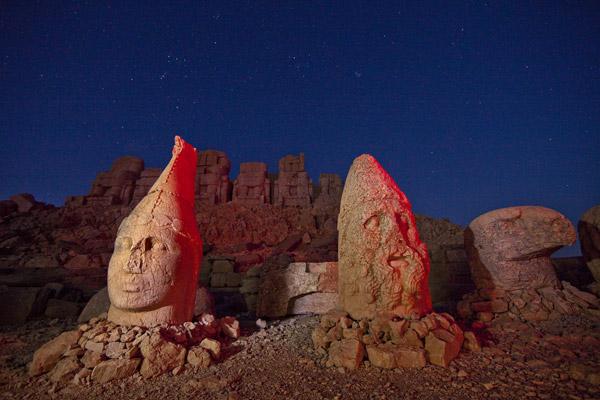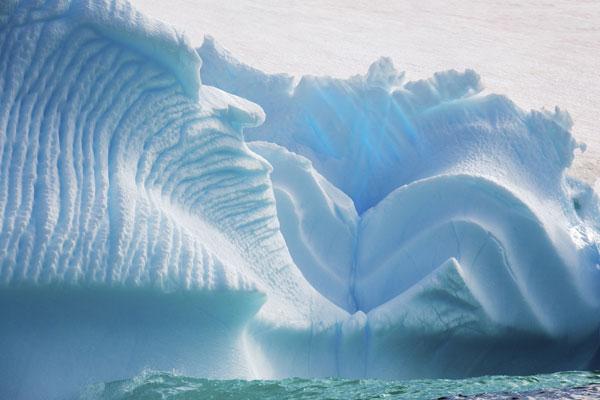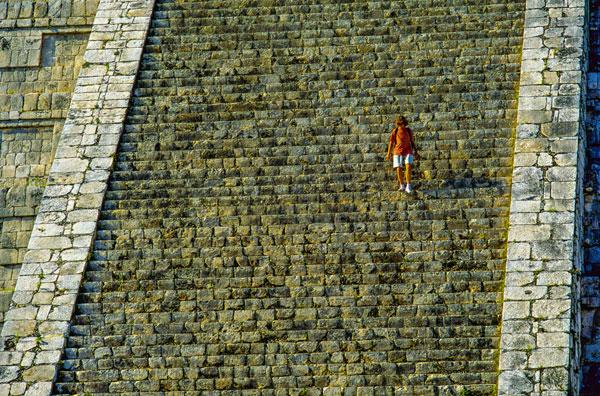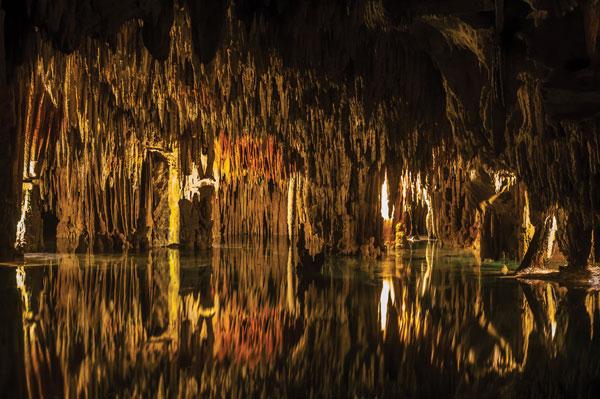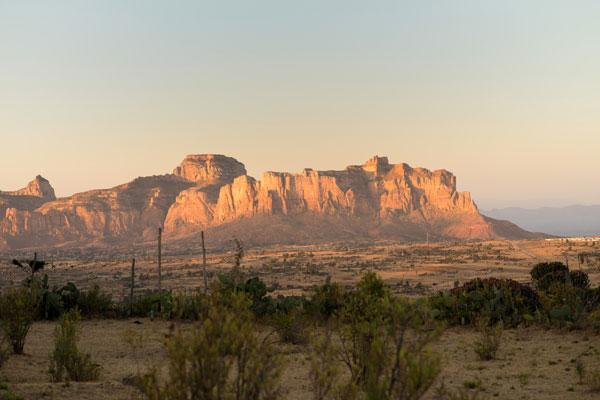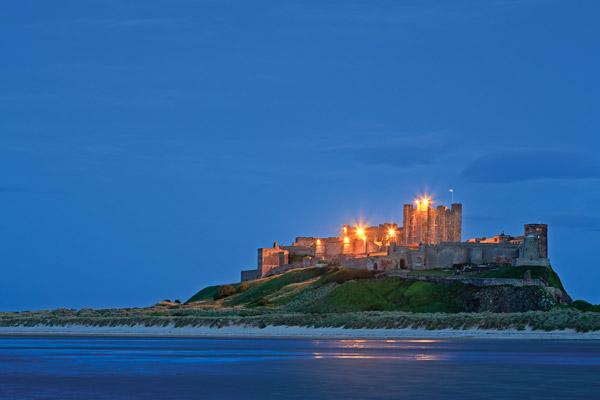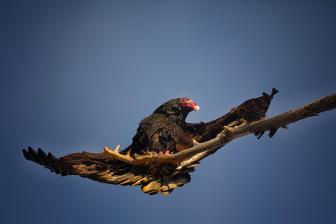Travel Photography How To
Sort By: Post Date TitlePublish Date
|
Aug 08, 2014 |
|
Aug 01, 2014 |
|
Jul 21, 2014 |
|
May 06, 2014 |
First Published: Mar 01, 2014 |
|
Mar 25, 2014 |
|
Mar 25, 2014 |
|
Mar 07, 2014 |
First Published: Jan 01, 2014 |
|
Dec 31, 2013 |
First Published: Nov 01, 2013 |
|
Dec 27, 2013 |
First Published: Nov 01, 2013 |
|
Nov 15, 2013 |
First Published: Oct 01, 2013 |
|
Oct 15, 2013 |
First Published: Sep 01, 2013 |
|
Aug 29, 2013 |
First Published: Jul 01, 2013 |
|
Jun 25, 2013 |
First Published: May 01, 2013 |
|
Feb 07, 2013 |
First Published: Jan 01, 2013 |
